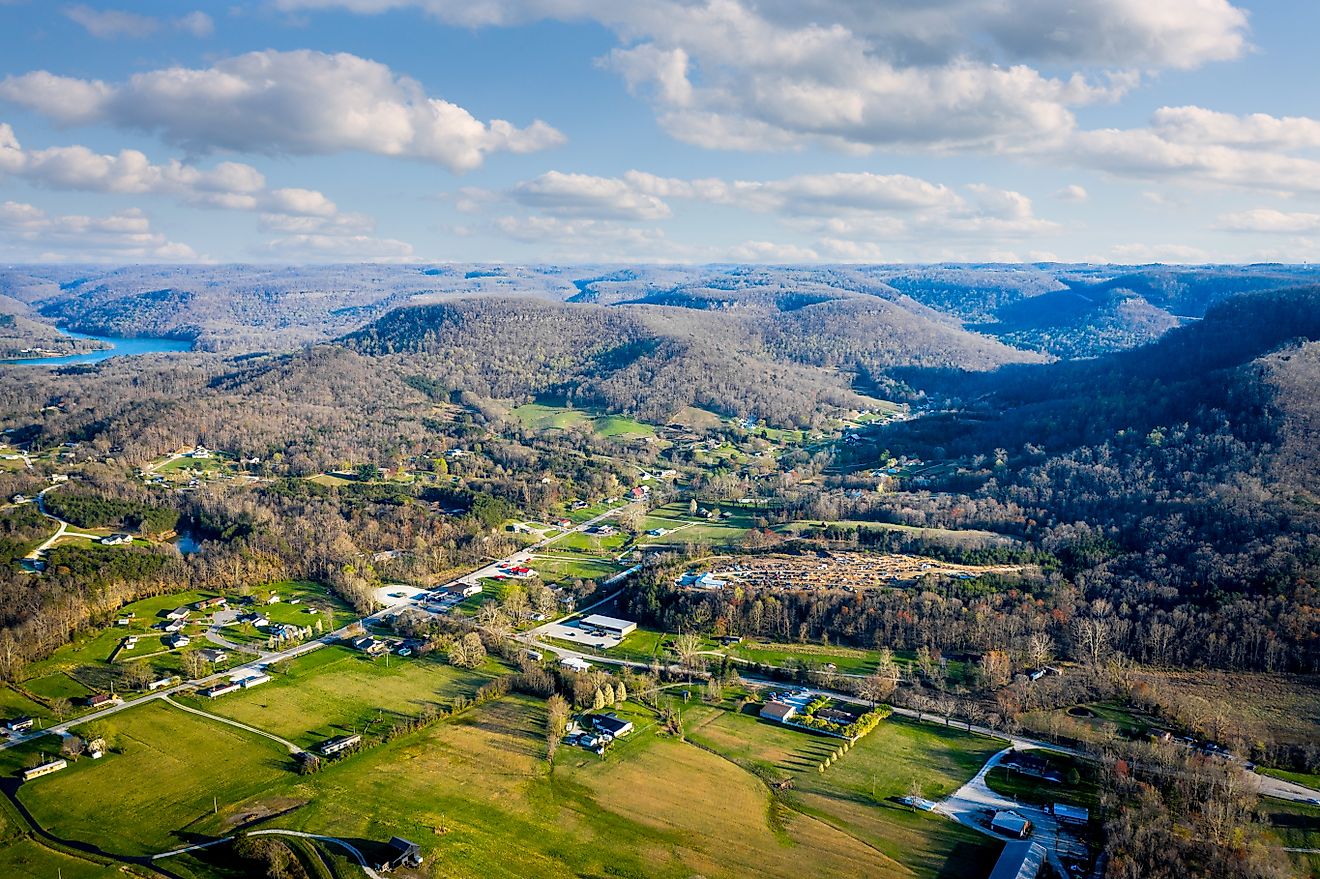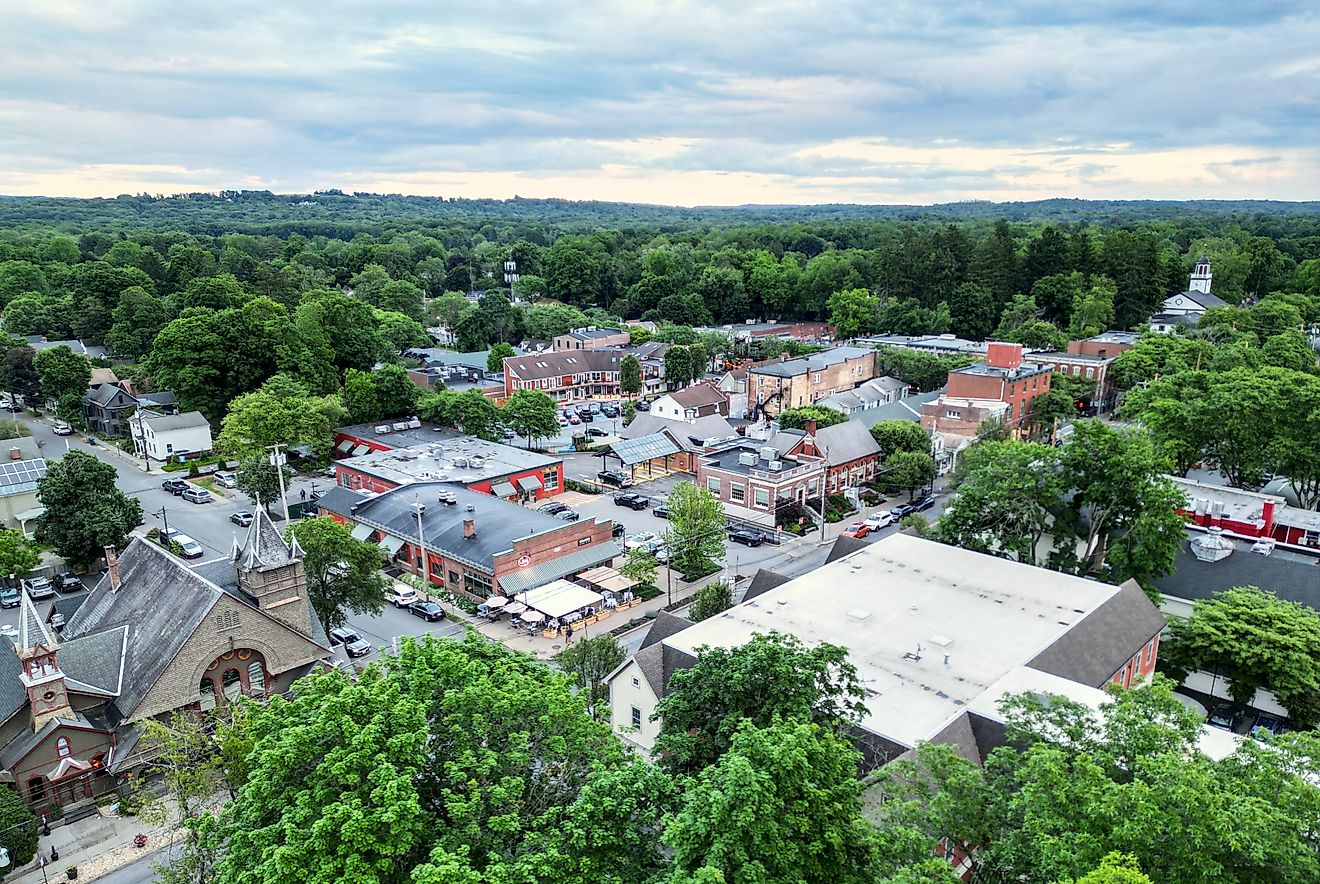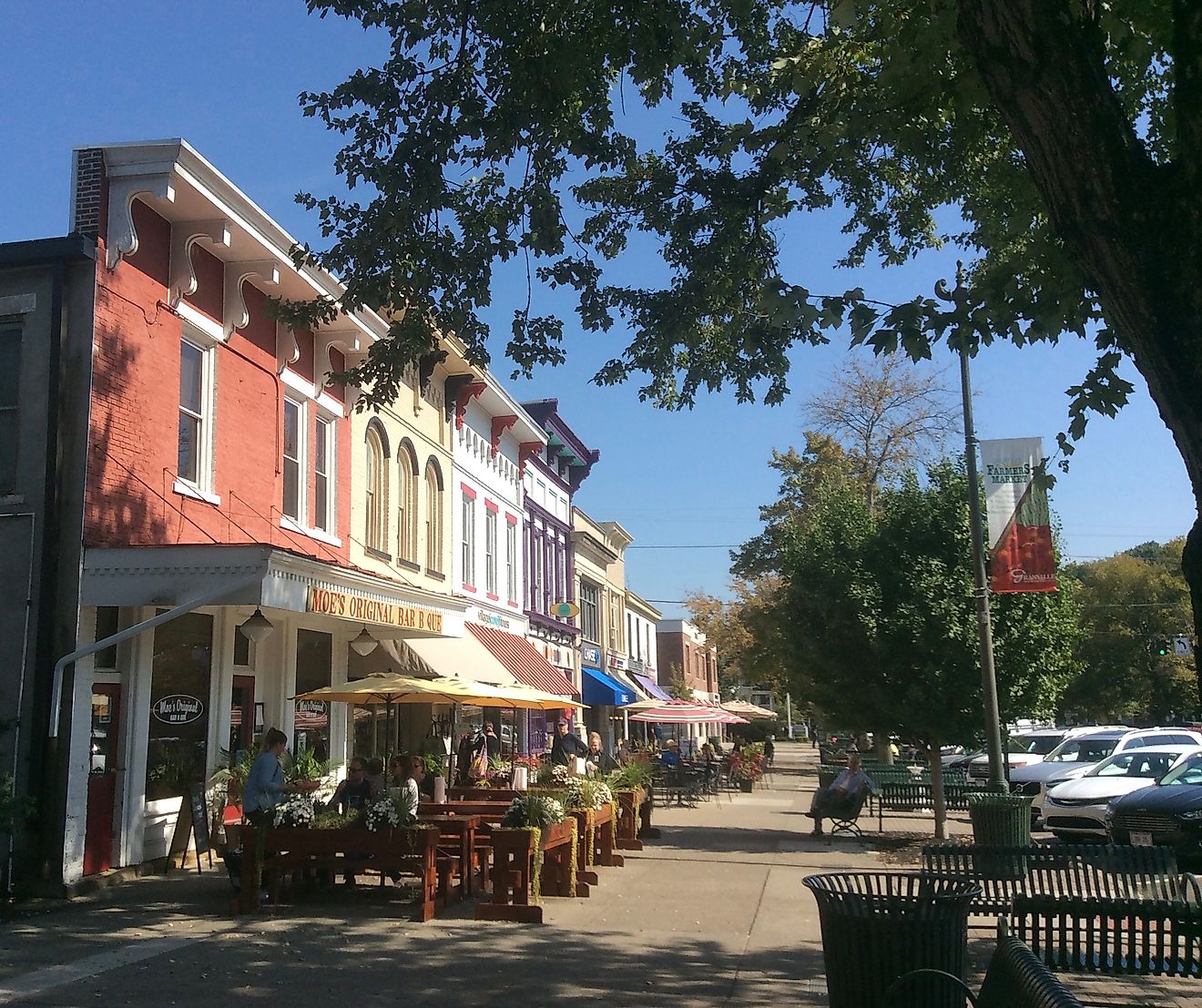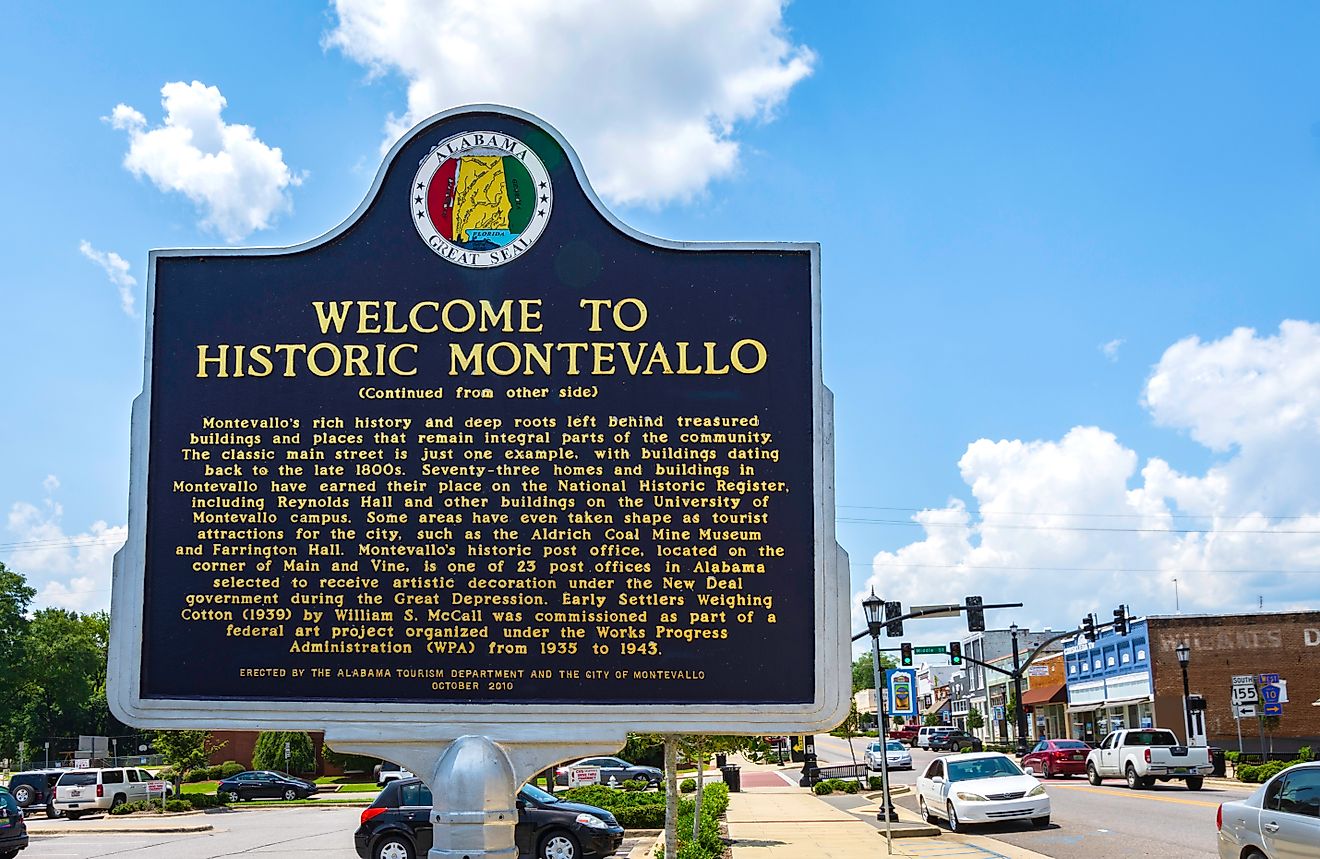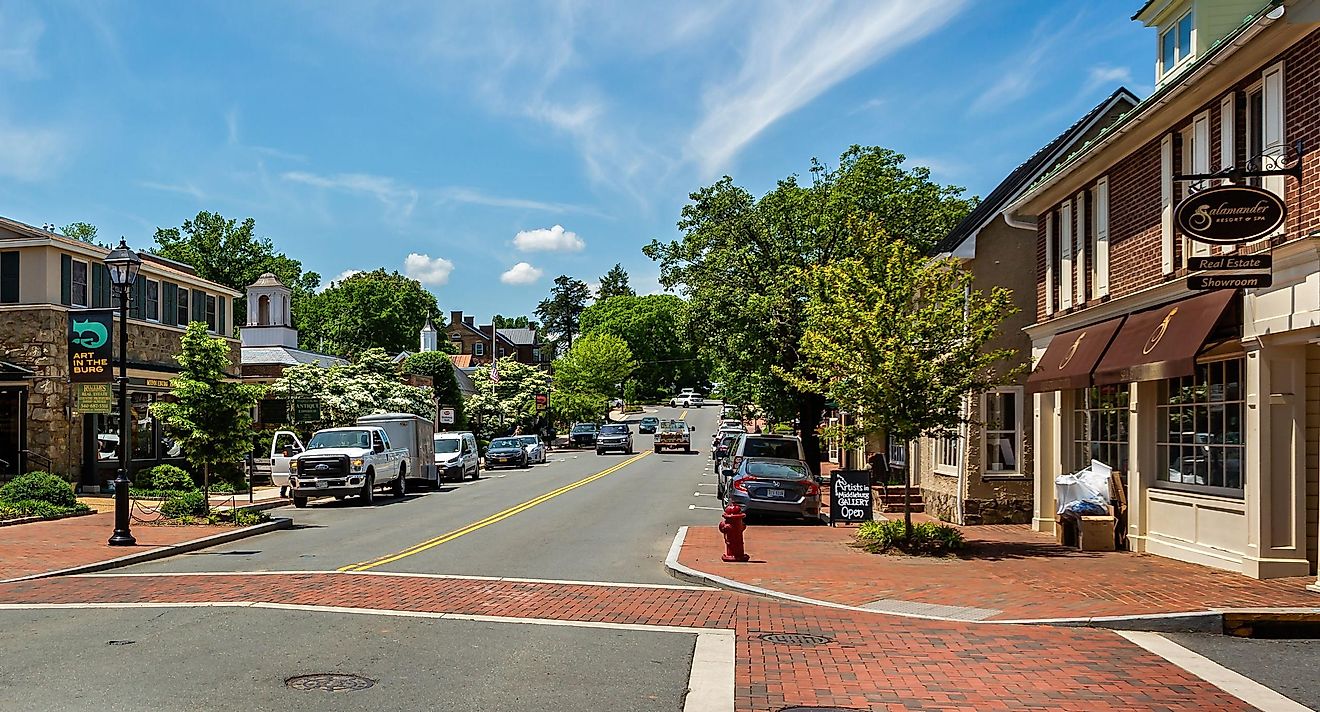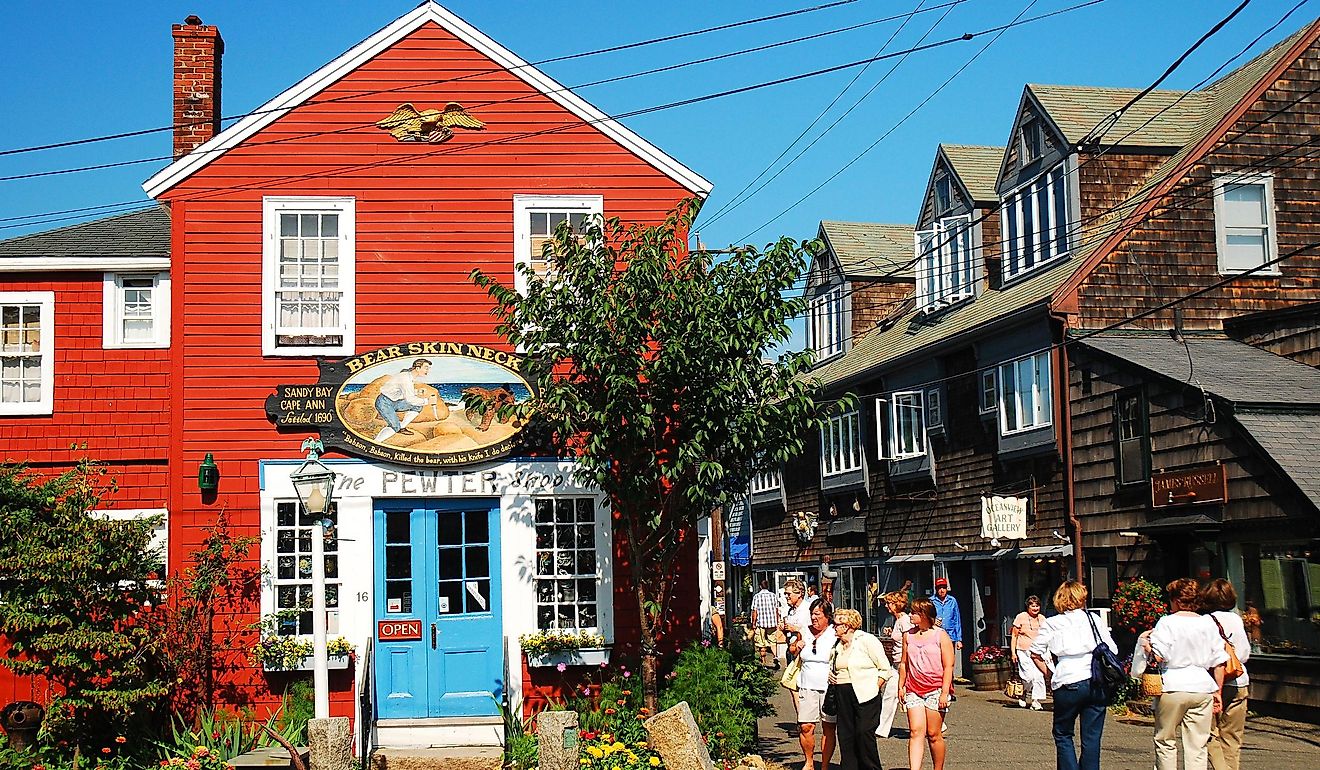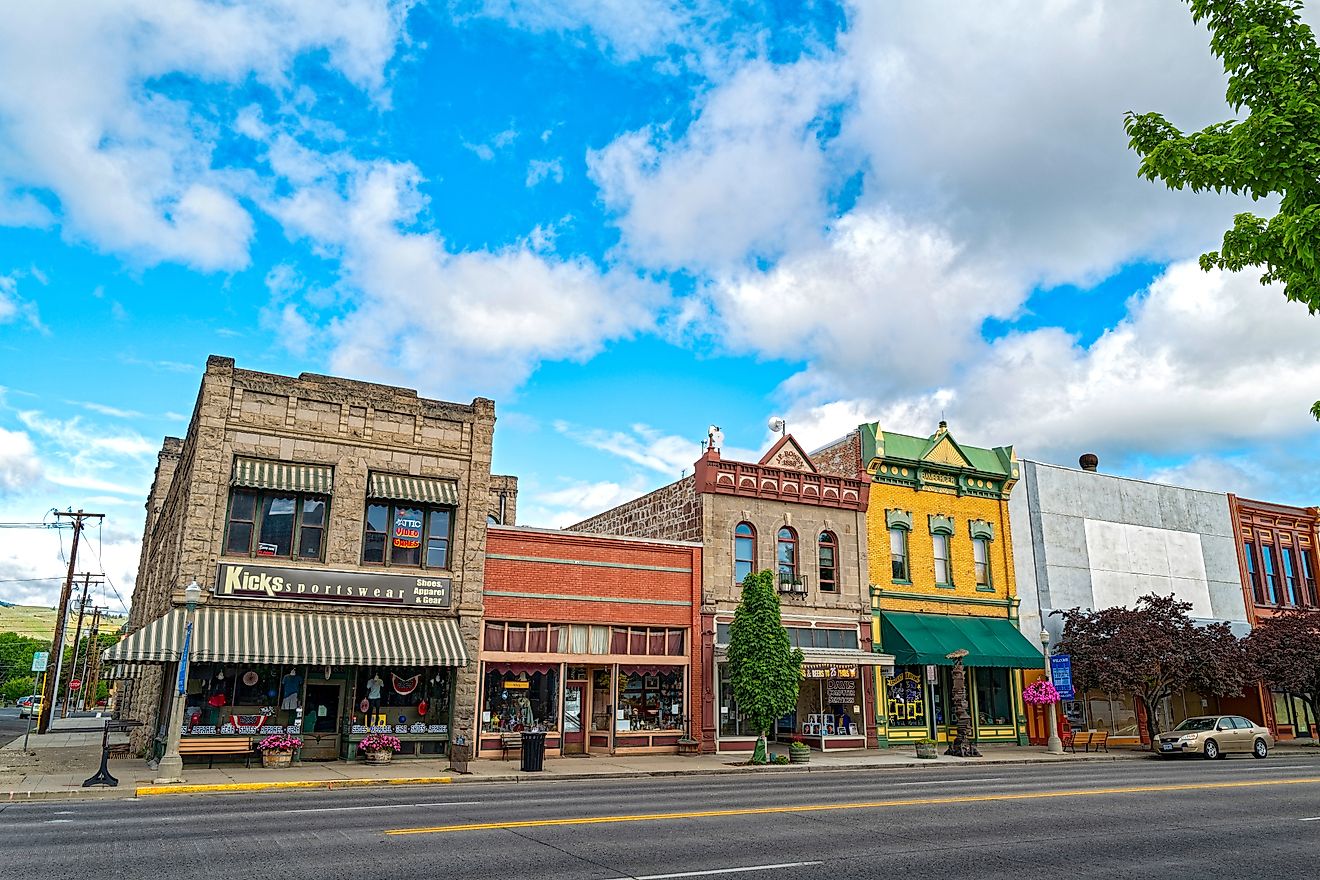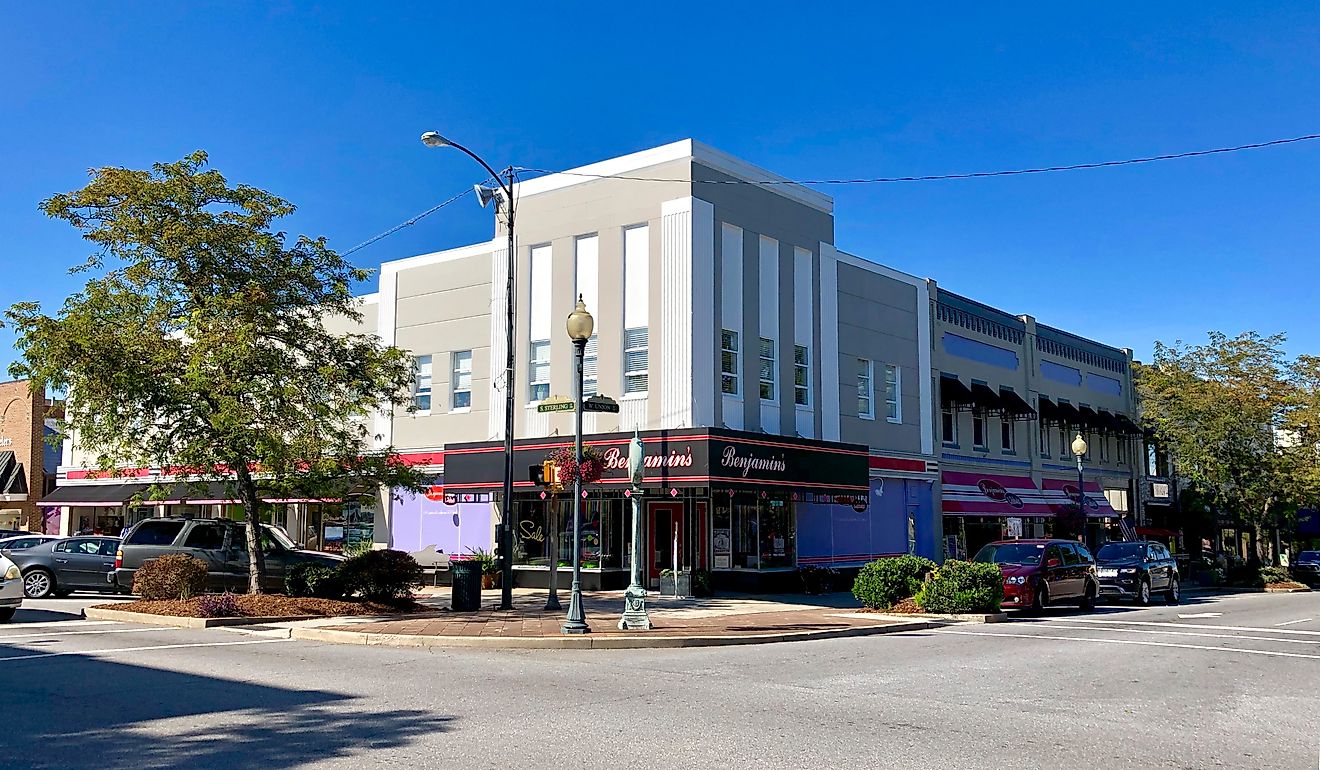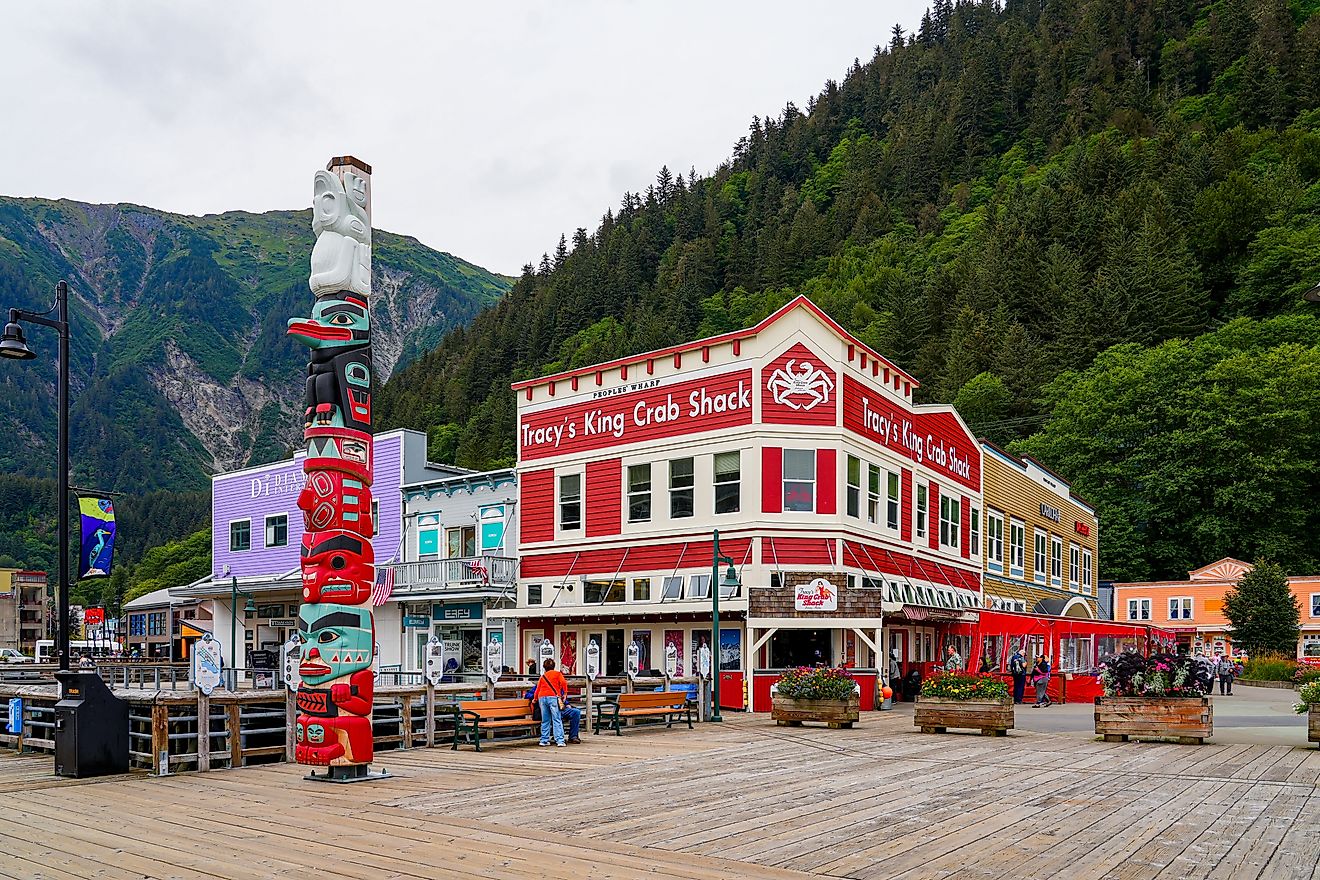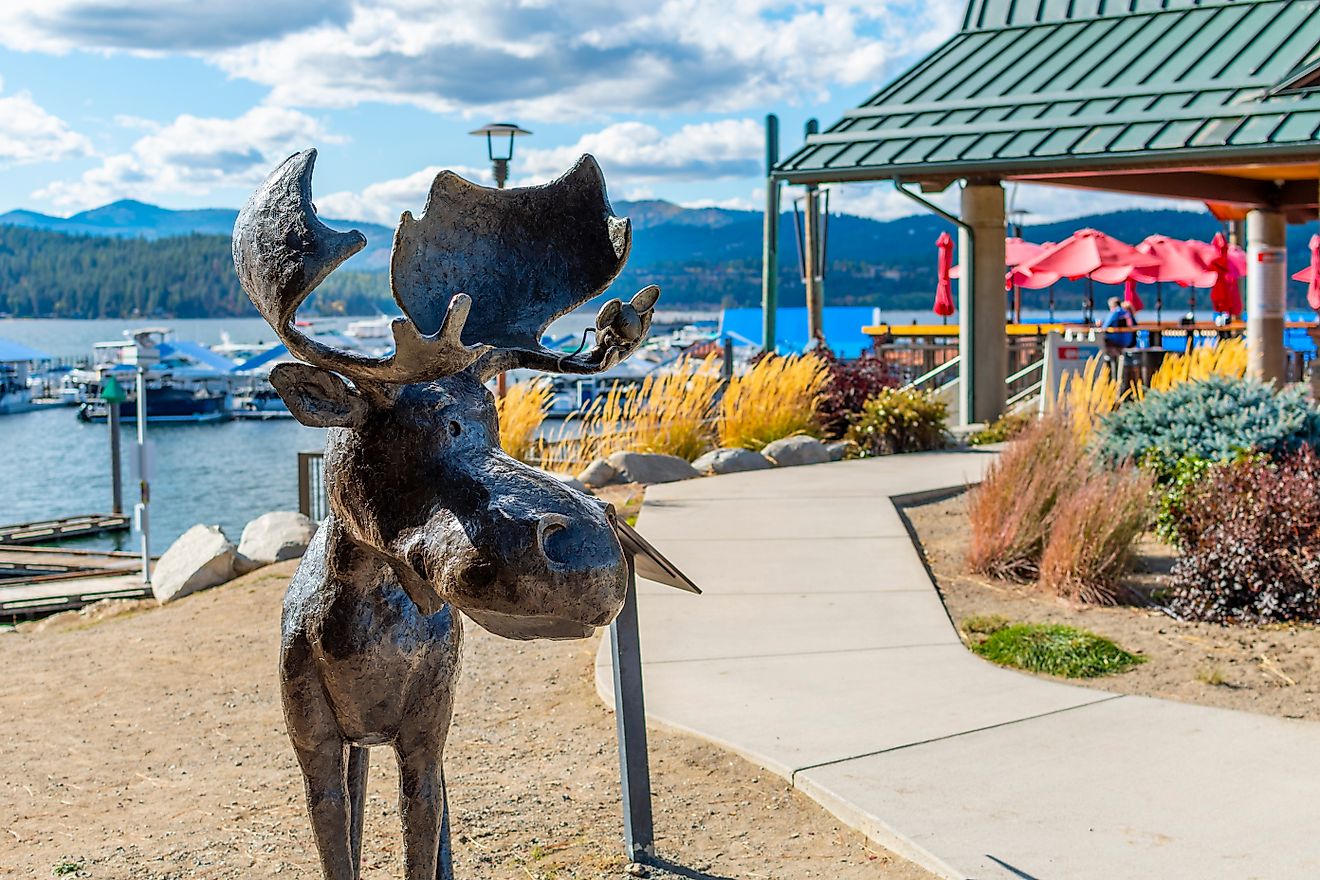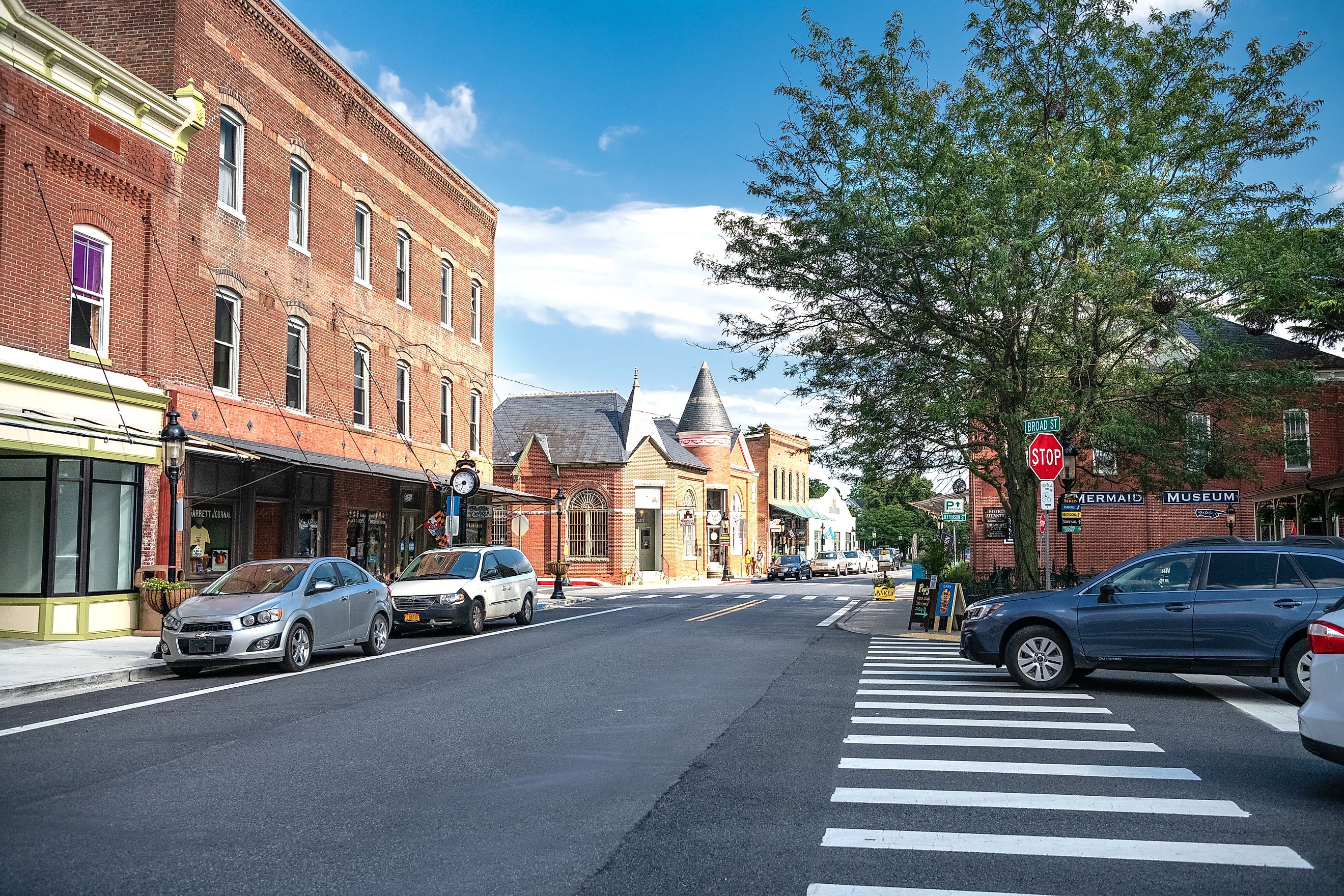
These Small Towns in Maryland Have the Best Historic Districts
Maryland is one of the most charming states in the Mid-Atlantic region of the U.S. and shares borders with Pennsylvania, Delaware, Virginia, and West Virginia. It has many waterways and coastal bodies of water, including the Chesapeake Bay and the Potomac River. It also houses several gorgeous state parks, like Big Run State Park and Cunningham Falls State Park.
Although Maryland is also a richly historic location, it is nicknamed the Old Line State, thanks to its stance against the British during the American war for independence. This unique history still permeates many of the small towns across its borders, which visitors can enjoy and appreciate when they journey through these towns.
Saint Mary’s City
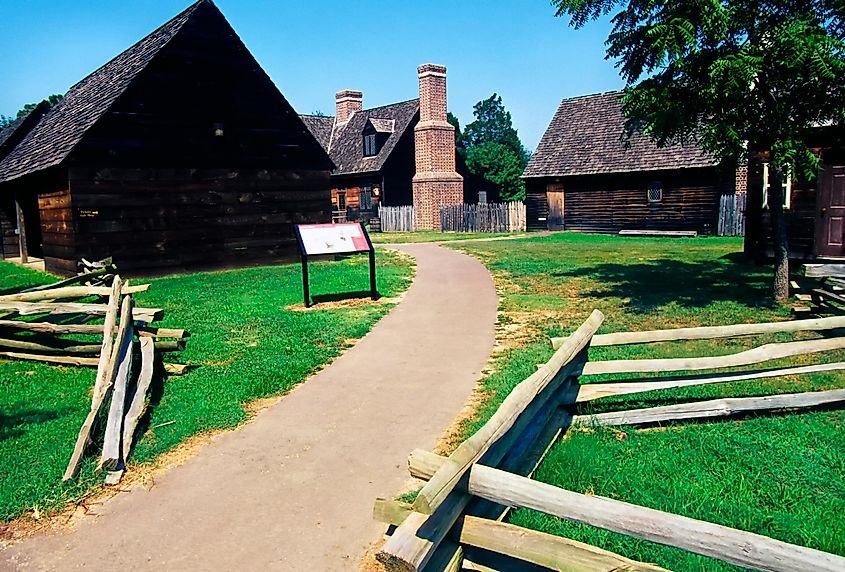
Saint Mary’s City, nestled in southern Maryland along Saint Mary’s River, is one of the state’s most unique townships. It’s also the oldest-founded town in Maryland and the fourth-oldest European settlement overall for the United States, going all the way back to 1634. Tourists to this community can experience much of the original atmosphere of town thanks to the Historic Saint Mary’s City just to the south.
The Historic Saint Mary’s City is an outdoor museum, meaning the whole city is a monument to the area’s past. This site houses the archeological museum where guests can view some of the many artifacts of the early settlement and native tribes living there for centuries. There are also plenty of reproductions of the original homes and shops that once made this colony alive and filled with adventurous travelers seeking a new home.
There’s also the Saint Mary’s City Brick Chapel, built in 1667. This stunning chapel stands as a monument to the early settlers’ faith and perseverance. Although much of the original structure no longer stands, preservation and reconstruction efforts started to rebuild what remains and recreate what once stood in town. Last but not least, travelers should check out the archeological site of one of the town's earliest inns, Van Sweringen's Inn. This site sits near Saint Mary's River and excavation began in 1974, with several beautiful artifacts recovered at the location along with the foundation and layout. Excavators found fragments of tobacco pipes, pottery vessels, and other charming pieces that showcase the colony's history.
Cumberland
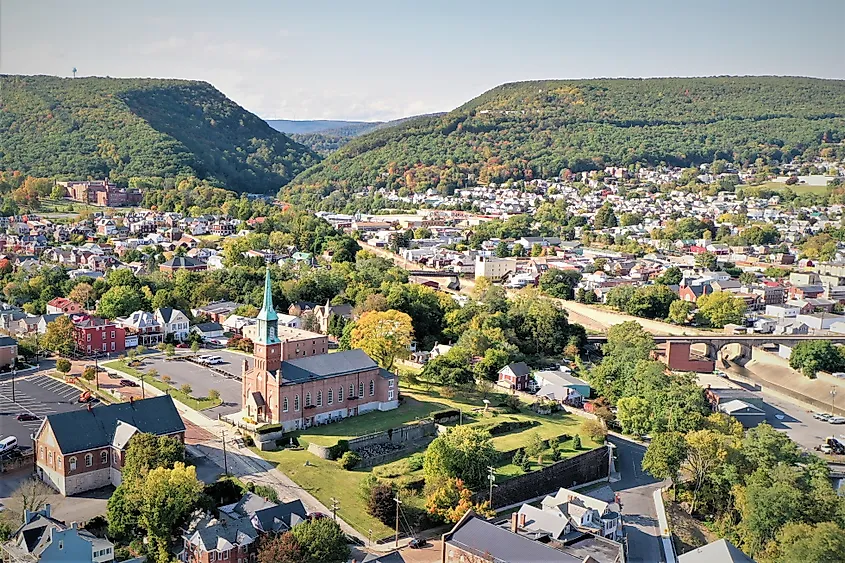
Cumberland is a northwestern city of Maryland, situated more than four hours northwest of Saint Mary’s City. Although this location was not officially established until 1787, people lived in this region for thousands of years. The town grew throughout the 1800s, with the first National Road running through its boundaries, which is now known as Route 40. The arrival of the C&O Canal Railroad continued to improve the township, and the population and economy grew until the turn of the century.
The community celebrates its diverse and exciting history through the many museums dotting its borders. The Allegany Museum sits in a refurbished 1930s building that showcases archeological finds of early native settlements and a reconstruction of Fort Cumberland. Those wishing to observe the town’s train and railway history should visit the Cumberland Railroad Museum, part of the Western Maryland Chapter National Railway Historical Society. The museum helps visitors understand the importance of the Railroad to the township and its essential location along the Potomac River.
For those wishing to see some living history, the Gordon-Roberts House is a must-see. Built in 1867 by Josiah Hance Gordon, this house served as the home of prominent locals, including attorneys and railroad engineers. The family’s impact on the neighborhood is multifaceted, and their home stands as a monument to their contributions. Not far away is George Washington's Headquarters, a historic cabin that housed George Washington on his visits to Fort Cumberland before his election to the presidency.
Havre de Grace
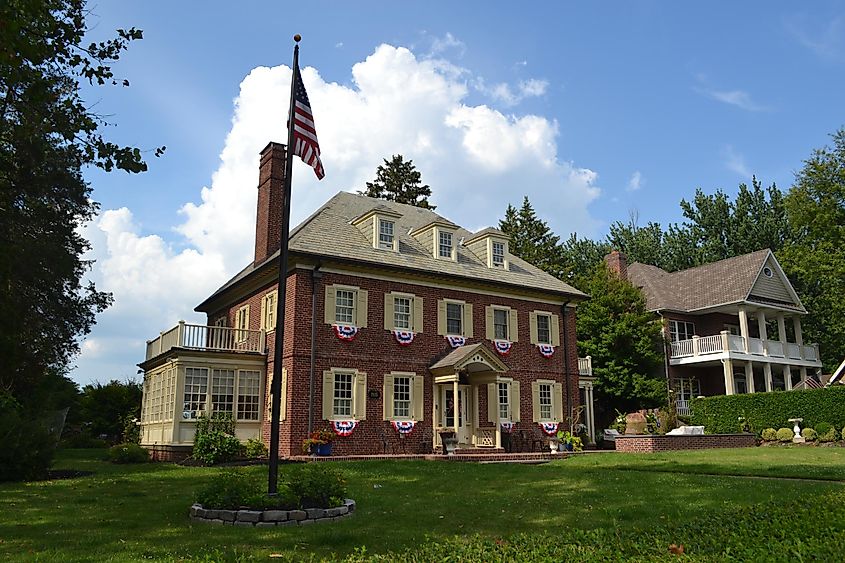
Moving to the east, about three hours from Cumberland is the charming little town of Havre de Grace. This lovely community has a history that goes back long before the founding of the country. John Smith was one of the first Europeans to explore the area around the Susquehanna River in 1608. He met the Susquehannock Indians who lived in the area before Europeans and later made a treaty with the new settlers of Maryland in 1652.
Later, the town got its name from the Marquis De Lafayette when he saw the region while serving with the Continental Army. Accordingly, he declared that the area reminded him of a region of France called Le Havre de Grâce. Tourists hoping to experience and celebrate the Marquis’ influence on the town should consider hiking the Lafayette Trail’s three-mile loop through downtown. The trail begins at the Lockhouse Museum, which is a site dedicated to preserving and showcasing the life and times of the community in the 1800s.
The Historic District of Havre de Grace is a nationally registered historic district with many homes and sites dating back to the 1700s, 1800s, and 1900s. One notable site is the Moore Family Homestead, which dates back to before the Civil War and once housed one of Havre de Grace’s first families.
Boonsboro
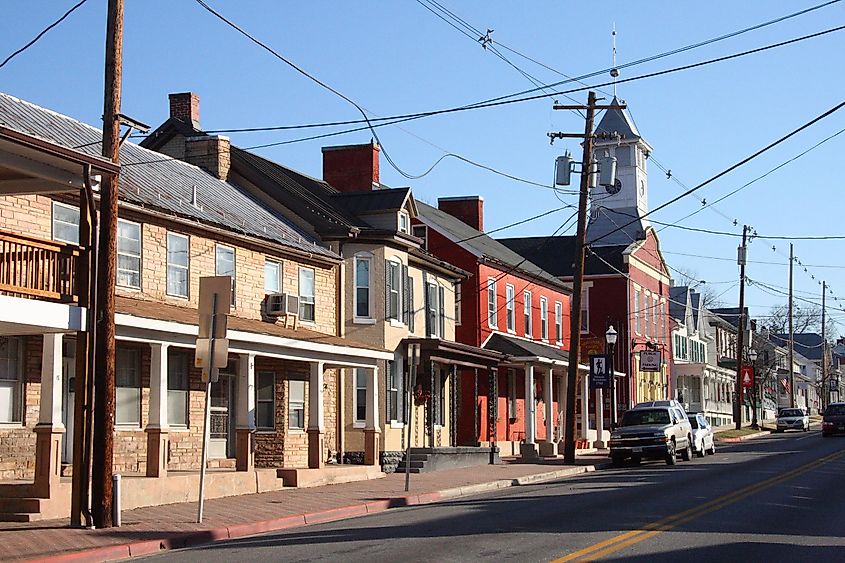
Boonsboro is a quaint little town in western Maryland, a little over two hours from Havre de Grace. It gets its unique name from the Boone family, with its first founders, George and William Boone, being direct cousins of the infamous Daniel Boone. Despite being a younger colony in Maryland, dating back to its founding in 1792, Boonsboro has a vibrant historical society that strives to keep the town’s culture alive.
The Boonsboro Museum of History is the perfect place to start since they share original artifacts of the early years of the city. This location is sometimes called the Little Smithsonian owing to the vast collection of artifacts ranging from Egyptian artifacts to Civil War memorabilia and battlefield artifacts. Some of the most notable pieces of their collection include a chair from the days of the Lincoln White House and a rifle from the Battle of Gettysburg.
The Bowman House isn’t far from the Boonsboro Museum of History, built in 1826 by the Bowman family. The family ran a redware pottery business in this home after the Civil War. In the 1970s, the home became the property of the Boonsboro Historical Society, which performed repairs and other maintenance, preserving its original beauty. Finally, tourists should stop by the Washington Monument State Park just outside of town to see one of the first monuments built in dedication to the first president.
Leonardtown
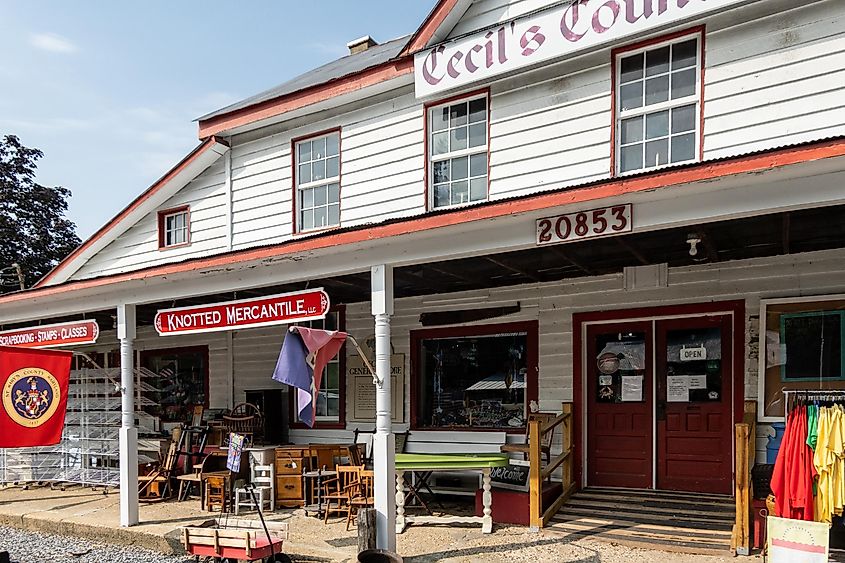
Leonardtown traces its roots back to 1660, when its first official founding occurred. Originally named Seymour Town after one of the colony’s first governors, it later gained the name of Leonardtown for the first Colonial governor of Maryland. It's a treasure trove of historic homes and structures connected to the community’s exciting past.
Tudor Hall sits pretty close to McIntosh Run, one of the town’s primary bodies of water. The hall’s founding goes back to 1744 and is a classic example of 1700s architecture. It was once the home of Philip Key, the uncle of Francis Scott Key, author of the U.S. National Anthem. Visitors can book an appointment for a tour in advance to learn more about this gorgeous location.
The Old Jail Museum is another historic landmark in town worth visiting, dating back to 1876. The jail served the community from 1876 until 1945. Today, this location serves as the welcoming center for the community and houses some artifacts in the basement.
Berlin
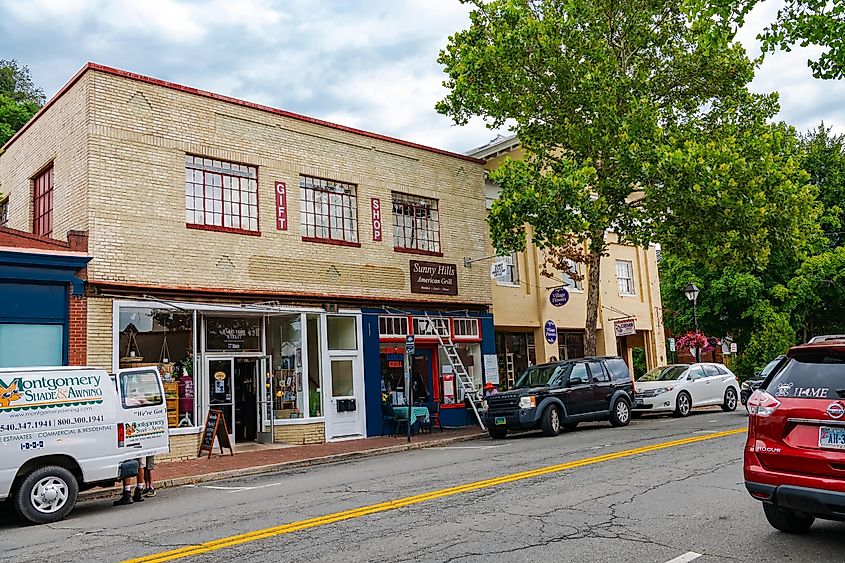
Berlin is a small town approximately three hours east of Leonardtown on the eastern peninsula of Maryland, which it shares with Delaware. Berlin’s official founding only goes back to 1868, but its history goes back much further. It began as a 300-acre land grant in 1677 known as Burleigh Plantation, which many believe is where the town gets its name.
The Calvin B. Taylor House Museum is one of the oldest homes in town, built in 1832 for the Covington Family. It's a fine example of Federal style architecture, which was set for demolition in 1981. Fortunately, this never occurred, and the house is now a famous historical museum in town.
Berlin’s Historic Downtown center is another fantastic place to explore. There are many shops and dining experiences, like the Health Freedom medicine shop and The Sterling Tavern. Other historic sites include Burley Manor, a prime example of Federal architecture built in 1832 and located on South Main Street. Tourists should also check out Saint Paul’s Episcopal Church, a community-centered location that helped build the town. The original structure was built in 1825, although it suffered some damage during the community fires in 1904. Its predecessor was Saint Martin’s Church, dated back to the 1700s, and helped establish the Episcopal and Anglican presence in town.
Saint Michaels
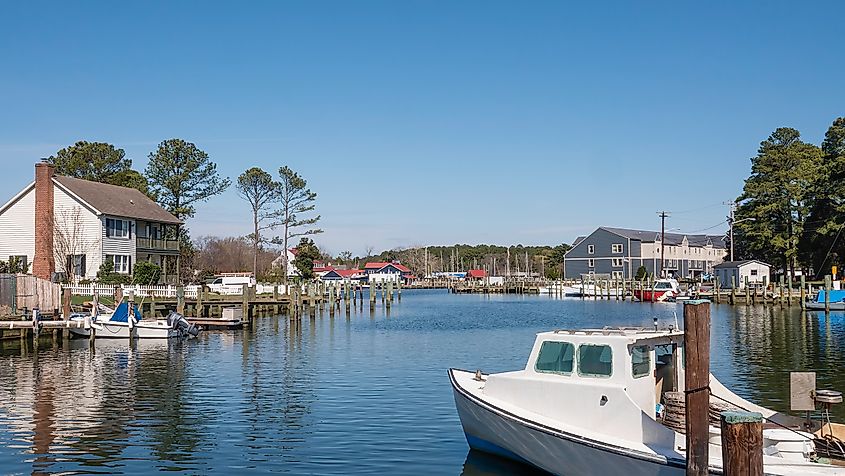
Saint Michaels sits on the eastern peninsula of Maryland, about an hour and a half west of Berlin. It goes back to the mid-1600s when trappers and tradespeople established a presence along the Miles River. As time passed, the town gained prominence as a tobacco-growing region. Its historic town square, Saint Mary’s Square, went up in 1778, marking the community’s growing connectedness and prosperity.
Saint Mary’s Square is now the historic district of Saint Michaels. The Hoopers Strait Lighthouse is along the Miles River and is part of the Chesapeake Bay Maritime Museum. This lighthouse signifies the early years of the town’s founding, where it served as a prominent shipbuilding and fishing community, and the lighthouse protected sailors by bringing them safely home. The building is over 140 years old, built in 1879, and was originally set for destruction in 1966, but fortunately, the CBMM Historic Society preserved it.
The area in and around the lighthouse has plenty of historic houses and structures that are definitely worth checking out, including the Dorchester House and the Mitchell House. The Mitchell House is especially spectacular since it's not only a historic home built in 1825 but also an active bed and breakfast. Travelers hoping to spend a few days in town and want to learn about the builder Joseph Thomas Mitchell should consider booking a night or two in this beautiful old home.
Oakland
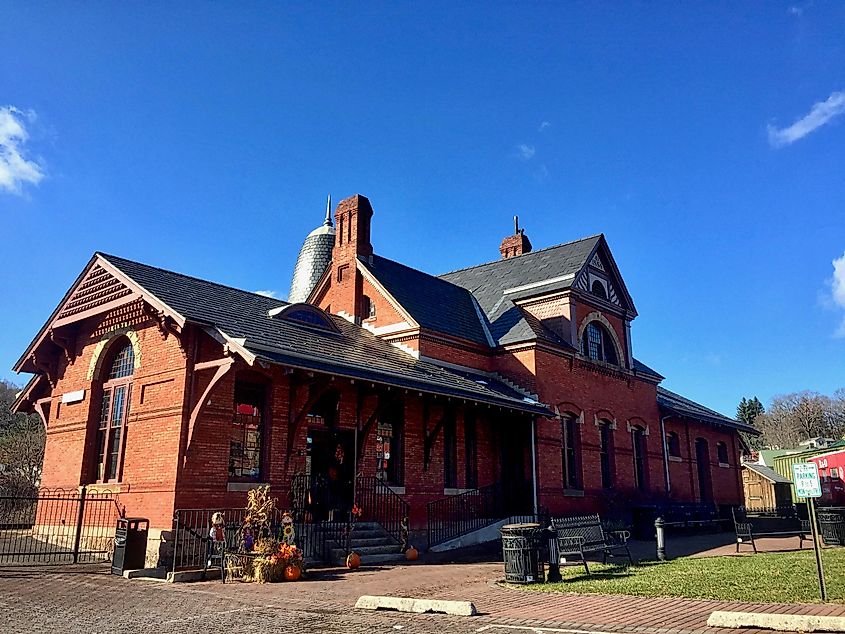
Oakland is the county seat of Garret County and is just over an hour west of Oldtown. This site began as an essential hub for the Baltimore and Ohio Railroad, passing through the community. This railway helped lead to this town’s creation in 1872 since it helped fuel the timber and coal trade in the area.
The Oakland B & O Railroad Museum is an excellent site for tourists to begin their trip through the area. It showcases much of the railway's influence on its establishment and sits in the refurbished station, which was initially constructed in 1884. The railway’s construction and flourishing owes its success primarily to Mr. John Work Garrett, who served as one of the early presidents of the company.
The community is also the perfect place for those who love the outdoors. There are several parks and open spaces in and around its borders that offer amazing views. In particular, Broadford Park, located to the east, provides lovely views of Broadford Lake and the surrounding woodlands.
Conclusion
Maryland's history is rich and begins even before the country's founding. Maryland's history started with the many native tribes who called this land their home before the arrival of Europeans, with the Delaware, Choptank, Nanticoke, and many more tribes living in this region for centuries. Later, the British were the primary settlers of the land after Queen Henrietta Maria, for which the state gained its name, granted the land to the colonies.
Visiting is a fabulous way to immerse oneself in the country's early heritage. The small communities of Maryland pride themselves in their cultural roots dating back over 300 years. Tourists to these towns will surely gain a new appreciation for all this state offers and its connection to the past.

